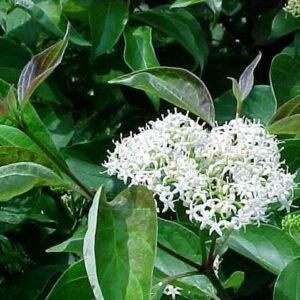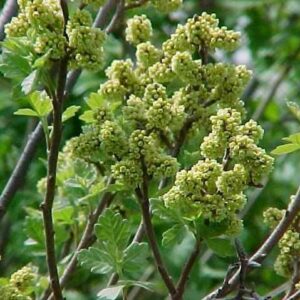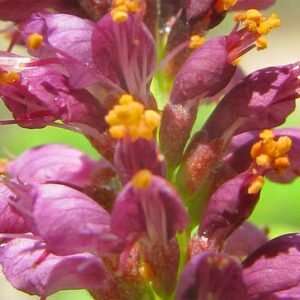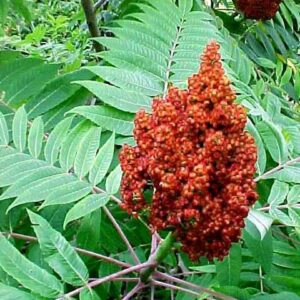Description
Culture
Easily grown in average, medium, well-drained soils in full sun to part shade. Fall color is best in sunny areas. Tolerates full shade, but habit becomes more open and wide-spreading.
Noteworthy Characteristics
Lindera benzoin, commonly called spicebush, is a Missouri native deciduous shrub with a broad, rounded habit which typically grows 6-12′ (less frequently to 15′) high in moist locations in bottomlands, woods, ravines, valleys and along streams. Clusters of tiny, apetalous, aromatic, greenish-yellow flowers bloom along the branches in early spring before the foliage emerges. Dioecious (male and female flowers on separate plants), with the male flowers being larger and showier than the female ones. Flowers of female plants give way to bright red drupes (to 1/2″ long) which mature in fall and are attractive to birds. Female plants need a male pollinator in order to set fruit, however. Drupes are very attractive, but are largely hidden by the foliage until the leaves drop. Thick, oblong-obovate, light green leaves (to 5″ long) turn an attractive yellow in autumn. Leaves are aromatic when crushed. The larva (caterpillar) of the spicebush swallowtail butterfly feeds on the leaves of this shrub.
Genus name honors Johann Linder (1676-1723), a Swedish botanist and physician.
Specific epithet comes from the Arabic vernacular word meaning aromatic gum.
Problems
No serious insect or disease problems.
Garden Uses
Shrub borders, shade or woodland gardens, moist areas along streams or ponds, native plant gardens or naturalized plantings.





